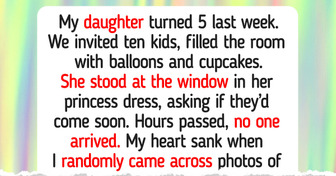19 Famous People Who Honestly Showed What They Look Like When They’re Behind the Screens

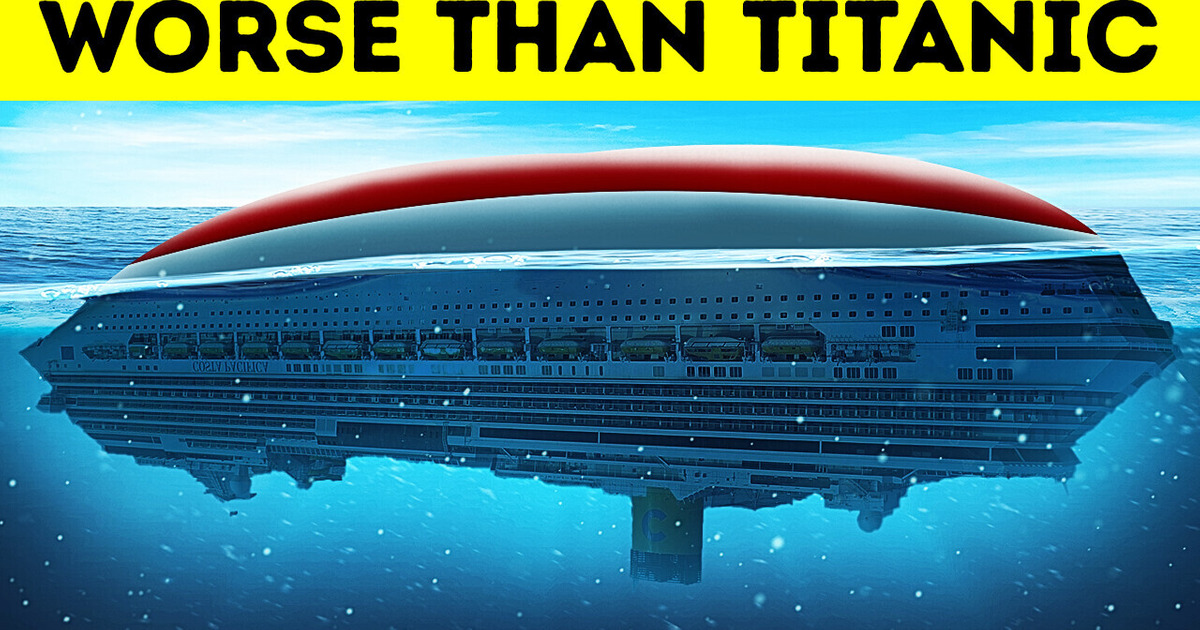
They said it was the most technologically advanced ship. They said it was unsinkable. And when it sank, they made a movie about it. These were the main reasons why the Titanic disaster became world famous.
But unfortunately, this is not the only large-scale shipwreck. And, sadly, there have been cases much worse than the tragedy of the Titanic.
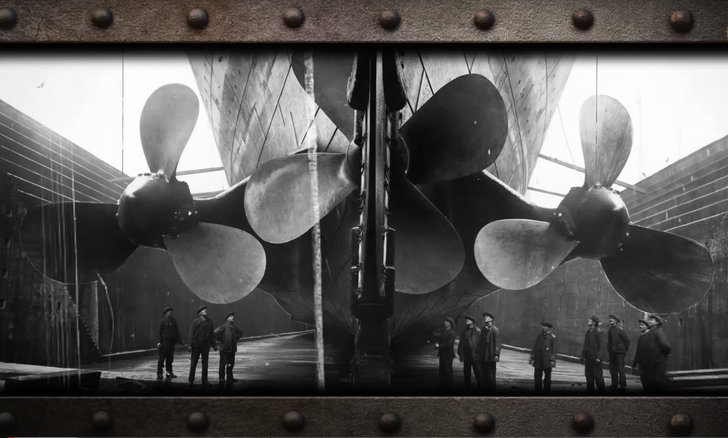
One of them occurred on April 27, 1865. The Sultana Steamboat carried passengers and cargo daily between St. Louis and New Orleans. It was a pretty large wooden boat with three decks and was 260 feet long and 70 feet wide, almost twice the size of a basketball court.
The ship could carry about 350 passengers, but on that unfortunate day, more than 2,000 people were on it. On April 23, she was making a routine voyage from New Orleans when it broke down. Something was wrong with the boiler, so the vessel docked in Vicksburg for repairs.
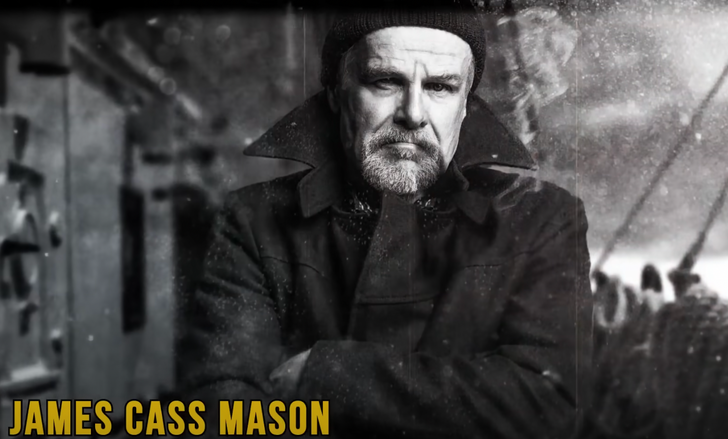
At the port, the ship’s captain James Cass Mason found out about an excellent opportunity to earn a lot of money. All he needed to do was to transfer a large group of former prisoners to the North. The captain agreed to do it, but the problem was that the boiler required a lot of time to repair.
Mason was afraid that his competitors would take the job, so he decided to sail, despite the malfunction the ship had. He patched up the holes in the boiler instead of a big repair and invited all the ex-prisoners on board.
So, there was a broken boiler, an excess number of passengers, a lack of lifeboats, and not the best river conditions. Also, the captain refused to send the ex-prisoners to the hold, so they all were with ordinary passengers.
There were strong chances for a shipwreck, but the greedy desire to earn more money was stronger.
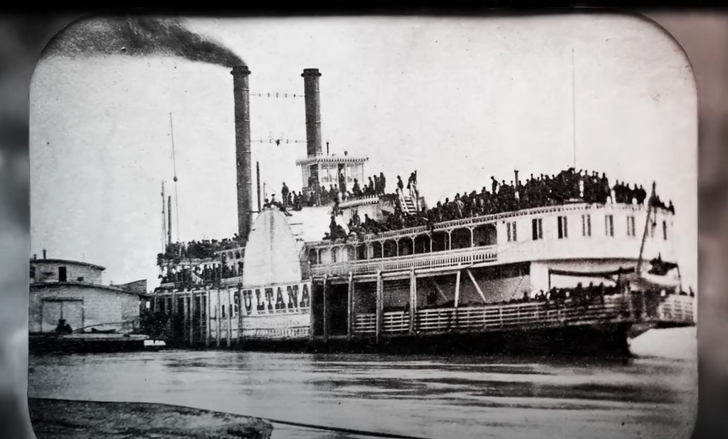
The Sultana went on a voyage and sailed up the river for two days. At this time, one of the biggest Mississippi floods in history began.
The river overflowed its shores because of the flood, with the water level rising several feet. All the trees on the shore disappeared, and only the tops were sticking out of the water.
The ship sailed opposite this powerful current, making the boiler work too hard. On the evening of April 26, the Sultana arrived in Memphis, Tennessee, and they loaded even more: 120 tons of sugar and 200 passengers.
She got incredibly heavy. Around midnight, the ship continued its dangerous journey. The captain sailed to barges to load a shipment of coal.
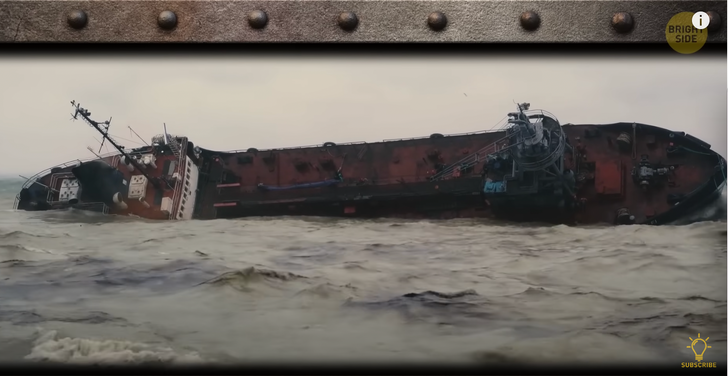
At 1 am, the vessel left the barge. At 2 am, the broken boiler, unable to withstand the load, suddenly exploded.
The Sultana was just 7 miles north of Memphis. Few people survived that day. The problem was that passengers trying to escape from the fire jumped into a cold river with a strong current.
The Sultana disaster is considered the most tragic shipwreck in the history of the United States. The exact number of those who didn’t survive is still unknown. According to various sources, this number was from 961 to 1800 people.
Don’t be surprised that almost no one knows this story. There were many more survivors in the Titanic tragedy, and everybody heard about it. But the Sultana sank during one high-profile event.
12 days before the shipwreck, the country lost Abraham Lincoln. People hadn’t yet recovered from this news, so no one paid much attention to the tragedy of the Sultana.
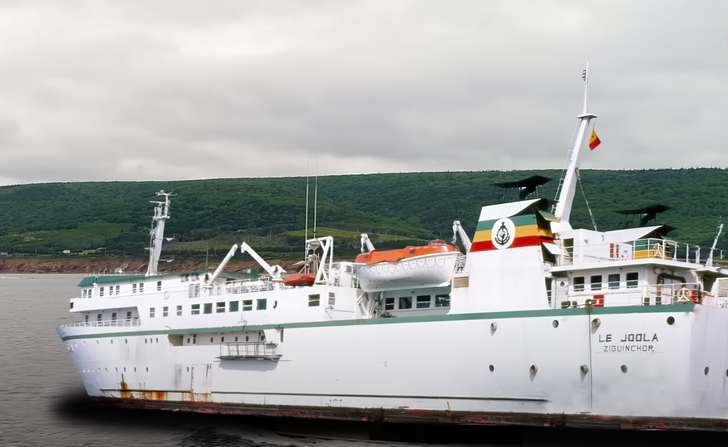
Many catastrophes happened quite recently by historical standards. One of them occurred in 2002. The ferry Le Joola was a Senegalese vessel.
The ferry sailed twice a week, mainly along the coast of Dakar, carrying passengers who traded mango and palm oil. It made daily voyages and never faced severe problems thanks to modern rescue equipment and good repair service.
But one day, the ship’s crew discovered a malfunction and sent the boat to port. For almost a year, Le Joola was in a non-working condition, awaiting repairs. But it didn’t get high-quality service. After poor maintenance, the ferry set off on its last voyage.
On September 26, 2002, Le Joola sailed between southern Senegal and Dakar and, at 11 pm, headed towards Gambia, where a strong storm began.
The wind raised high waves, but this wasn’t critical for the large passenger ship unless the number of people on board didn’t exceed the established norm. Le Joola was supposed to carry about 500 passengers but had many more people that day.
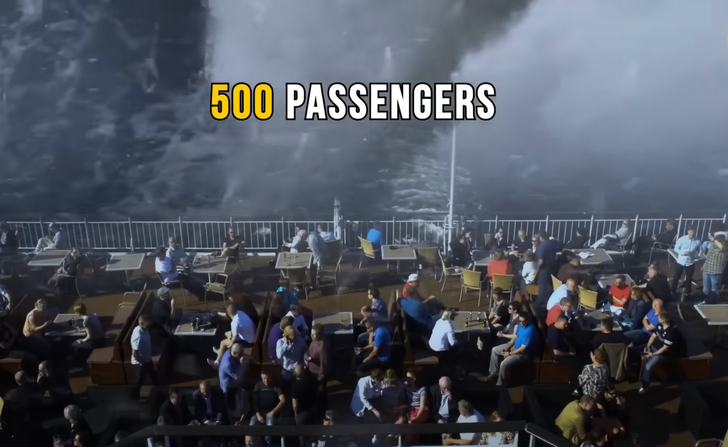
Too many passengers, poor repairs, and a strong storm caused severe problems for the ship. But the main factor in the shipwreck was that Le Joola was only built for sailing in coastal waters. But that day, it sailed far from the shore.
Big waves started rocking the boat, and at some point, it just turned upside down. The ship’s deck went underwater, and its lower part stuck above the surface like an iceberg. All the passengers sitting in cabins fell on the ceiling and lost their orientation in space.
There were no holes or damage in the ship’s hull, and water flooded the lower decks for a long time. The vessel stood in a twisted position for several hours. Then, the boat began to sink when the water seeped through the deck and hold.
The ocean was warm, but no one came to save the passengers. People had to wait almost four days to be rescued. Unfortunately, only a few managed to survive.
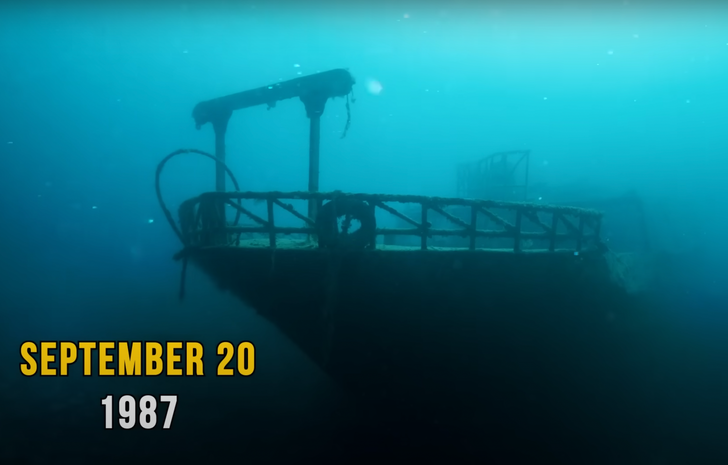
The Philippines is a very dangerous area for ships. This place consists of several thousand islands and a vast area with shallow water. Ships can run aground and damage the hull with reefs and pitfalls. On September 20, 1987, one of the most terrible disasters in navigation history occurred there.
A Philippine passenger ferry called Dona Paz left one of the islands and sailed toward Manila. The sun was shining, the ocean was calm, and the visibility was good. But for some reason, the crew members didn’t notice how the tanker Vector was approaching them.
The two ships collided at low speed. The collision wasn’t strong, but the problem was that the Vector had tons of oil on board. And the Dona Paz crashed into the cargo hold where that oil was stored.
So, it spilled all over the ocean, and then a spark slipped through. Not only did the two ships catch fire, but also filled with water. Both ships sank in a matter of seconds. Only a few dozen people survived that disaster.
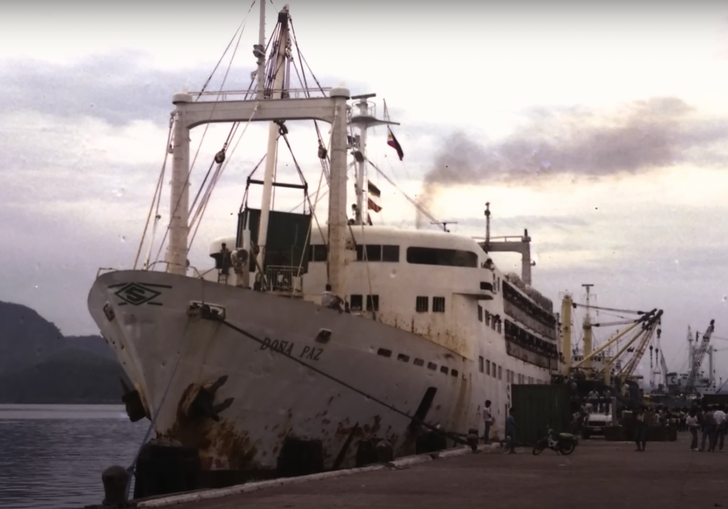
On September 27, 1854, the passenger ship Arctic sailed from Liverpool to New York. The fog came rolling down, and visibility got really bad. Another boat appeared out of the thick white haze — the French steamer Vesta.
The ships were close enough to each other that a collision was inevitable. The French vessel was smaller, so it seemed to the Arctic’s captain that Vesta had received a lot of damage. And while he was staring at the other ship, his boat got quickly filled with water.
The captain gave the order to sail to the shore as fast as possible, but the ship’s engines stopped working because of the flood. Then the ship’s crew started to lower lifeboats with women and kids.
Still, when rescuers found lifeboats with people, it turned out that only 87 out of 400 people survived — 65 crew members and 22 passengers. Surprisingly, there were only grown men among them. The ship’s captain survived by clinging to the wreckage.
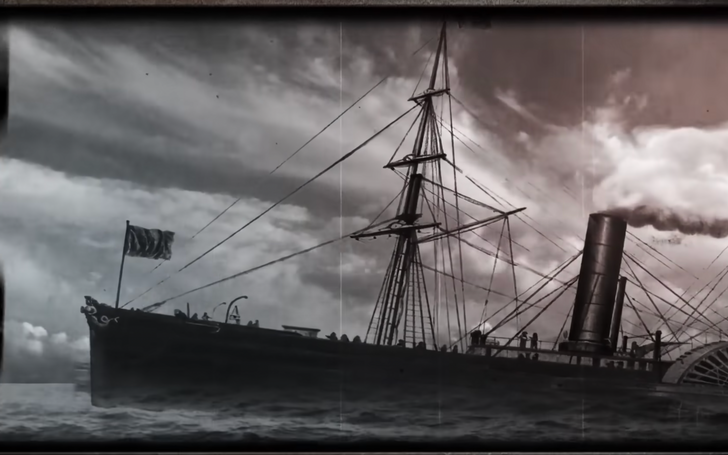
All newspapers wrote about this story as one of the most terrible and shameful tragedies in navigation history.
The survivors were criticized because they didn’t save women and kids, and the crew members were accused of violating the law since the safety of passengers should be higher than the safety of sailors. But despite this, none of them were brought to responsibility.
Unfortunately, shipwrecks still occur to this day, but fortunately, there are fewer of them than before, thanks to modern navigation systems and radar.
But no technology can guarantee there won’t be a super strong storm or any other emergency that no one can foresee.











